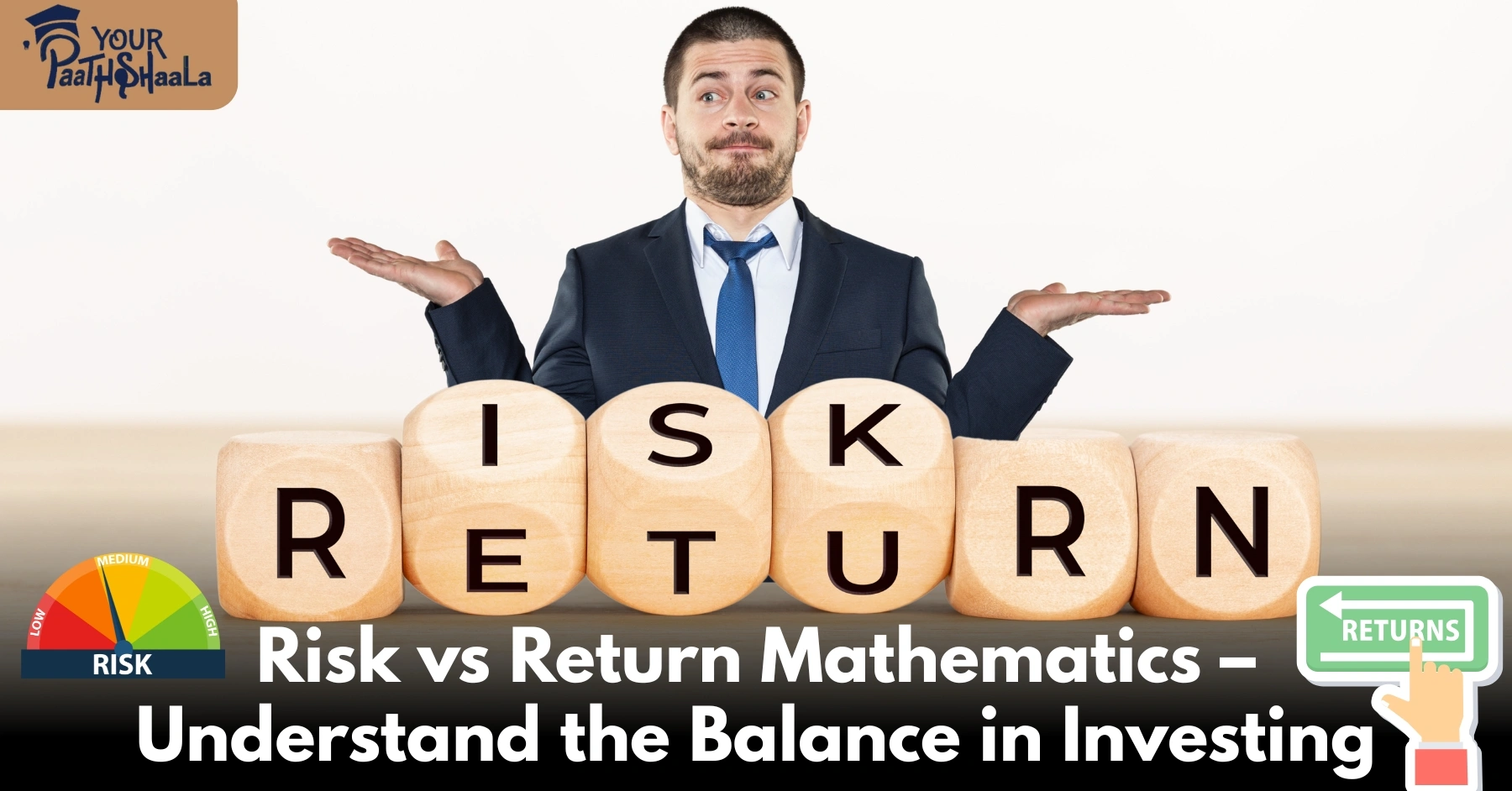Smart Tax Optimization Strategies for Investors in 2025
When it comes to building wealth, smart investing isn’t just about what you earn—it’s also about what you keep. In 2025, investors are paying more attention than ever to tax optimization strategies that legally reduce their tax liabilities and maximize overall returns.
From tax-loss harvesting to Roth conversions and asset location, there are multiple ways to manage your investment taxes more efficiently. This article breaks down key strategies used by smart investors today—and how you can learn them with expert guidance at YourPaathshaala.
📉 1. Tax-Loss Harvesting: Turning Losses into Gains
🔍 What Is Tax-Loss Harvesting?
Tax-loss harvesting is a strategy where you sell investments that have declined in value to offset capital gains from profitable assets. The goal is to reduce your taxable income while staying invested in similar (but not identical) assets.
✅ Key Benefits:
Offsets short-term and long-term capital gains
Can reduce overall taxable income
Lets you reinvest in similar assets to maintain portfolio exposure
🧠 Example: Suppose you sold a mutual fund with a ₹10,000 gain. If another stock in your portfolio is down ₹10,000, selling it lets you neutralize your tax liability on the gain.
⚠️ Watch Out:
You must follow the wash sale rule (don’t buy the same security within 30 days)
Timing matters—year-end reviews help you plan this better
📍 2. Optimal Asset Location: Putting Your Investments in the Right Place
🔍 What Is It?
Asset location involves placing investments in specific accounts (like taxable, tax-deferred, or tax-free accounts) based on how they’re taxed. The idea is to minimize the tax impact without changing your investment choices.
🔄 Types of Accounts:
Taxable accounts: Stocks, ETFs (subject to capital gains, dividends)
Tax-deferred accounts: Retirement accounts (taxed later, like PPF/NPS)
Tax-free accounts: Roth IRA (in U.S.), ELSS or other tax-saving mutual funds (in India)
✅ Strategy:
Put tax-efficient investments (e.g., index funds) in taxable accounts
Place tax-inefficient assets (e.g., REITs, bonds) in tax-advantaged accounts
🧠 Example: You might hold equity mutual funds in a taxable account and fixed-income funds inside your NPS to delay tax impact.
🔄 3. Strategic Roth Conversions: Control Future Tax Burden
🔍 What Are Roth Conversions?
A Roth conversion means moving funds from a traditional retirement account (like a 401(k) or NPS Tier I) into a Roth-style tax-free account. You pay taxes now but enjoy tax-free withdrawals later.
✅ Why It’s Smart:
Great when your income is lower than it will be in retirement
Locks in current tax rates (which may rise in the future)
Provides tax-free growth and withdrawals
🧠 Example: If you expect to be in a higher tax bracket later, converting a portion of your retirement savings to a Roth-type account spreads out the tax burden over time.
⚠️ Things to Consider:
It increases taxable income in the year of conversion
Must be planned carefully with income forecasts
🚀 4. QSBS (Qualified Small Business Stock): Big Tax Breaks for Startup Investors
🔍 What Is QSBS?
Qualified Small Business Stock (QSBS) is a U.S.-based provision that allows investors to avoid paying capital gains taxes on profits from startups, under certain conditions.
While India doesn’t have a direct QSBS equivalent, angel tax exemptions, Startup India benefits, and Section 54GB capital gain deductions serve similar purposes.
✅ U.S. QSBS Benefits:
Exempts up to $10 million in capital gains
Must hold shares for 5+ years
Applies to certain sectors and qualified startups
🧠 Example: You invest ₹5 lakhs in a startup. Five years later, your stake is worth ₹20 lakhs. If conditions are met, most or all of your gain could be tax-free.
⚠️ Conditions Apply:
Shares must be directly issued by the startup
The business must meet size and type criteria
🧾 Bonus Tip: Understand Your Tax Bracket
Knowing your tax slab helps tailor your investment strategy. For example:
| Income Bracket (India) | Smart Tax Tactics |
|---|---|
| ₹2.5L–₹5L | Use Section 80C deductions |
| ₹5L–₹10L | Invest in ELSS, NPS, ULIPs |
| ₹10L+ | Tax-loss harvesting + HRA + capital gains planning |
🎓 Learn Tax-Smart Investing at YourPaathshaala
At YourPaathshaala, we don’t just teach investing—we teach how to keep more of what you earn. With expert mentorship, real-life examples, and easy-to-understand guidance, we help you master tax optimization in India and abroad.
Our Tax-Smart Curriculum Includes:
Capital gains tax explained simply
Choosing between growth and dividend plans
Retirement account strategies (NPS, PPF, EPF)
Year-end tax planning for investors
Live case studies with simulations
✅ Final Thoughts: Invest Smart, Pay Less Tax
By using smart tax strategies, you can legally reduce your tax liability and boost your returns—no matter your income or experience level.
Whether you’re:
Offsetting gains with losses
Putting the right investments in the right accounts
Planning long-term with Roth conversions
Or tapping into powerful startup tax breaks…
Tax-smart investing is not just an option—it’s a must in 2025.
💬 Remember: A rupee saved in tax is a rupee earned—and reinvested.
📍 Visit YourPaathshaala
Near 🏥 Anjali Children Hospital, Tagore Nagar, Mathpurena, Raipur
📫 PIN Code: 492001, Chhattisgarh
📞 Click the Call Now to start learning how financial systems really work! To check out the full article click here!














[…] Prev Next […]
[…] What is tax optimization strategies 2025? […]
[…] What is tax optimization strategies 2025? […]
[…] What is tax optimization strategies 2025? […]
[…] What is tax optimization strategies 2025? […]